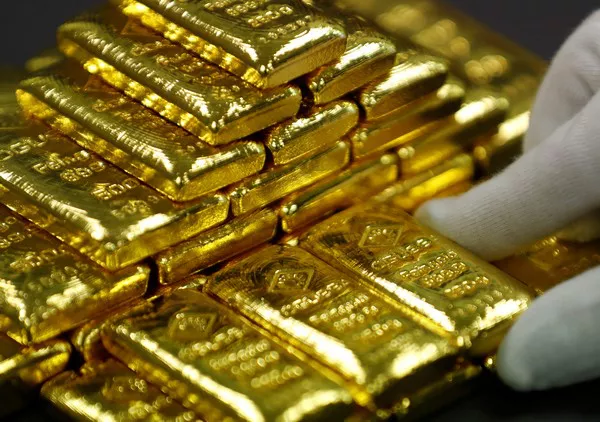Amid typically bearish conditions for precious metals, gold prices posted significant gains on Thursday. This resilience against economic data and market dynamics that usually drive down the yellow metal suggests the recent price correction may be nearing its end.
According to the U.S. Labor Department, initial jobless claims fell to 233,000 last week, down from 249,000 the prior week and below the 240,000-consensus forecast. This decline in new unemployment filings is generally seen as a positive economic indicator, which would normally put downward pressure on safe-haven assets like gold.
Additionally, the U.S. dollar rose 0.05% on the day, reaching an index level of 103.01. A stronger dollar typically makes gold, priced in U.S. currency, more expensive for foreign buyers, thereby reducing demand. Treasury yields also climbed, with the 2-year note increasing by 9.3 basis points to 4.061% and the 10-year note rising by 5.2 basis points to 4.018%. Higher yields make non-yielding gold less attractive by comparison.
Despite these factors, which usually drive gold prices lower, gold for December delivery settled $30.90 higher at $2,463.30 per ounce, marking a 1.27% increase.
This resilience was foreshadowed on Wednesday when gold futures traded largely unchanged, closing just $0.20 below the opening price. This price action created a Japanese candlestick pattern known as a “doji,” which occurs when a commodity or stock opens and closes at virtually the same price. To Eastern technical analysts, the doji candlestick can signal a potential key reversal or a pause in a trend.
The fact that gold rebounded strongly in the face of these headwinds suggests the recent price correction may be drawing to a close. Over the past several weeks, gold had declined from its August highs near $2,500 per ounce, leading some to wonder if the precious metal’s remarkable rally since the start of 2023 was running out of steam.
However, Thursday’s performance, combined with the preceding doji candlestick, indicates that gold may be finding its footing. The ability to advance despite a stronger dollar, higher yields, and improving economic data points to underlying strength and resilience in the gold market.


